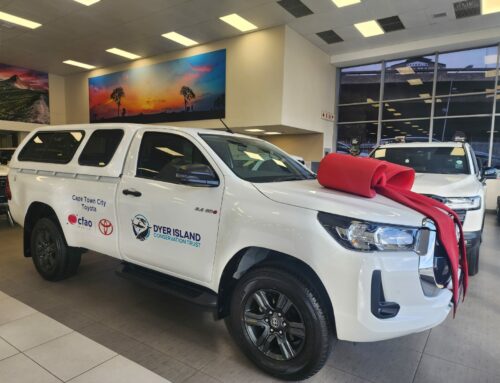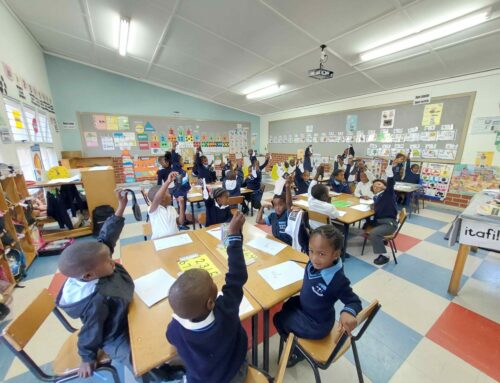Sandra Hörbst – Conservation biologist
Back in 2016 the SouSA consortium was formed to facilitate and share data on the humpback dolphin (Sousa plumbea) which should to contribute towards its conservation and research. The Indian Ocean humpback dolphin is listed as ‘Endangered’ on the Red List. The first publication of the consortium suggests that there are likely less than 500 individuals left along the South African coastline. With the consortium’s newest publication “Science Alone Won’t Do It! South Africa’s Endangered Humpback Dolphins Sousa plumbea Face Complex Conservation Challenges” it is aimed to identify the next steps to take toward the conservation of humpback dolphins in South African waters. The SWOT (Strengths, Weaknesses, Opportunities, and Threats) analysis showed that no single cause could be identified for the impact on the species population, it is rather cumulative effects of multiple stressors, which are difficult to point out and mitigate. Continued research is needed but also a shift to more action focused conservation efforts. This paper once again highlights the great work the SouSA consortium is doing and collaboration is key in the conservation of an endangered species.
The article is open access and can be found here: https://bit.ly/3xhFZss
Conservation biologist, Sandra Hörbst, together with the team on Dyer Island Cruises, has for many years been documenting the small population seen off the Kleinbaai, Gansbaai area in the Western Cape.
Humpback dolphins are a medium sized dolphin and known to inhabit only a narrow coastal band with water less than 25 meters deep. They are often found traveling in small groups of less than 10 individuals. Their distribution stretches from the Bay of Bengal to False Bay in South Africa. Within South Africa their home range is limited to shallow, nearshore environments, over relatively short along-shore ranges of approximately 120km from Kosi Bay in the east and False Bay in the west. They are often encountered in protected bays, near estuaries and sometimes rocky reefs. Their name originates from a prominent hump below the rather small dorsal fin and therefore makes them easy to identify from other dolphins found along the South African coast.
Coastal areas are facing ever increasing anthropogenic impacts which are threatening coastally dependant animals such as humpback dolphins. Their preference for shallow and nearshore areas means they are living in some of the world’s most intensively used, modified and polluted waters. Pollution in estuaries and nearshore waters is a major concern for the Indian Ocean humpback dolphin. Persistent organic pollutants accumulate in the blubber of marine mammals as they consume fish and can cause cancer, immune, reproductive dysfunction, and birth defects. Off South Africa, humpback dolphins have been found to contain the highest levels of such pollutants when compared to other dolphin species. Additionally, the ingestion of and entanglement in plastic pollution is a growing concern for marine mammals like humpback dolphins and often has fatal consequences.
The humpback dolphins in the greater Dyer Island area have been mostly seen at Uilenkraalsmond, a natural estuary that is seasonally open. However, there have also been occasional sightings in Pearly Beach, as well as on the coast towards Danger Point and even closer to Dyer Island. Through the national collaboration and comparison of the ID photographs we discovered that the dolphins from the greater Dyer Island area travel all the way to False Bay and are therefore the most westerly seen individuals of the species range. Over the years we have not only taken ID photographs but also observed and recorded their occurrence and behaviour. Humpback dolphins have been seen swimming with the seasonally visiting southern right whales, playing with Cape fur seals as well as teaming up and chasing a great white shark.
Official Press Release from Stellenbosch University: http://www.sun.ac.za/english/Lists/news/DispForm.aspx?ID=8455
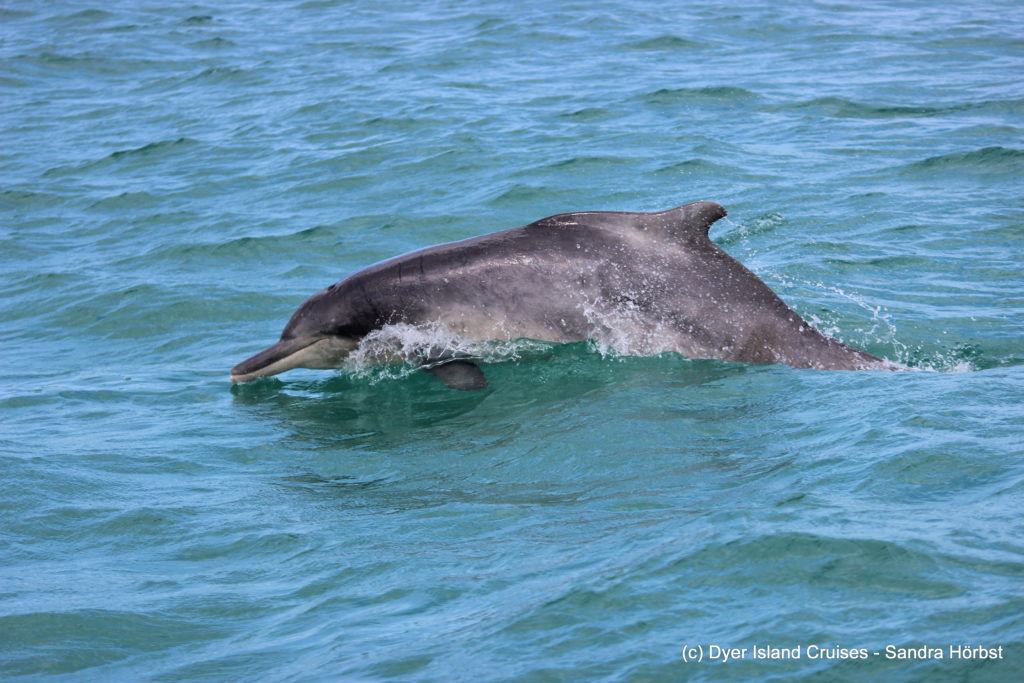 Image by Sandra Hörbst
Image by Sandra Hörbst
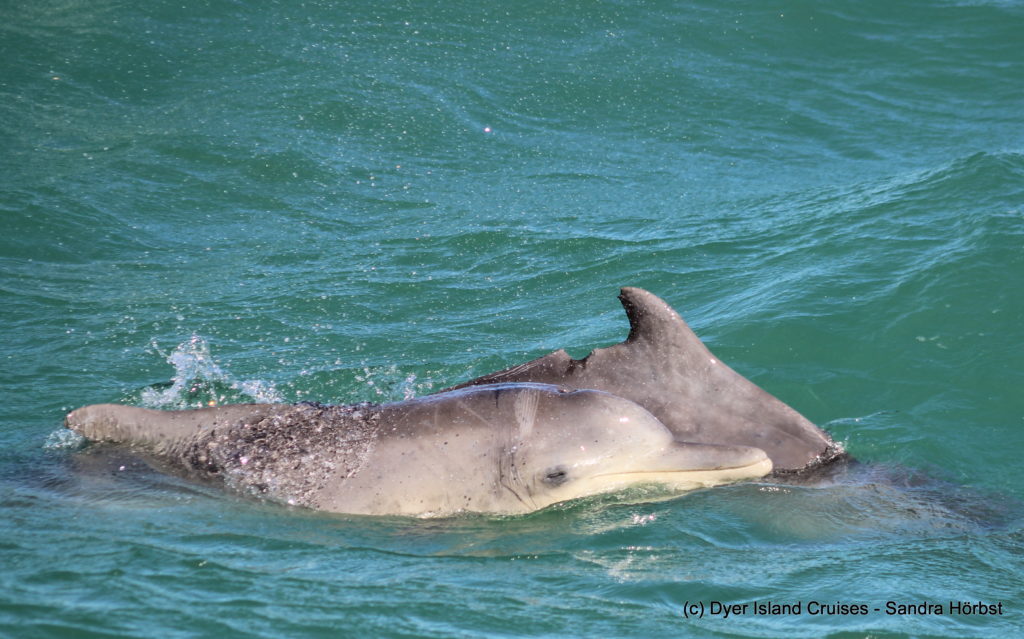 Image by Sandra Hörbst
Image by Sandra Hörbst
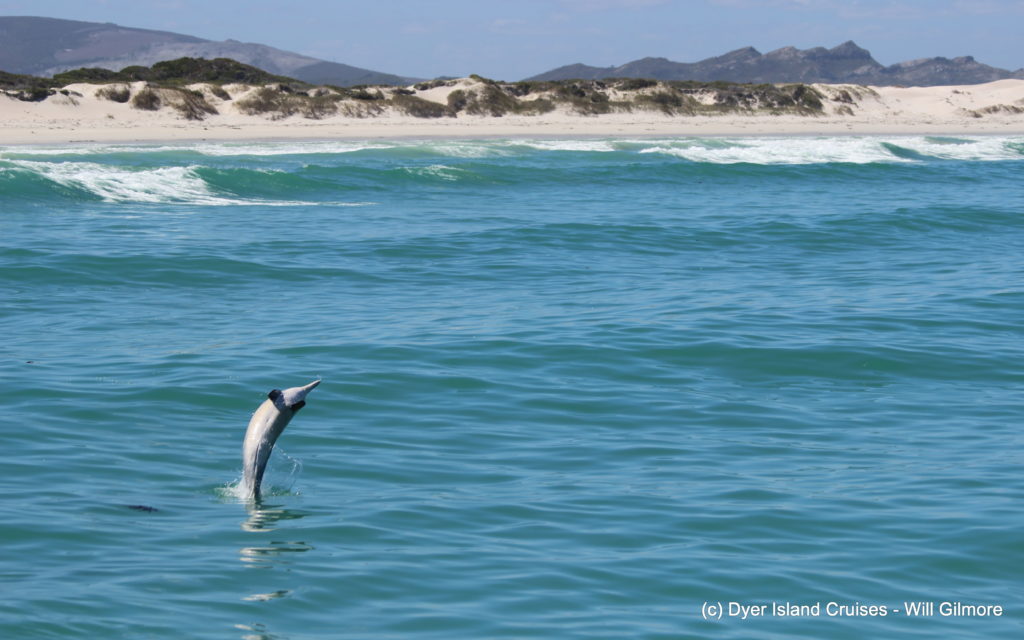 Image by Will Gilmore
Image by Will Gilmore
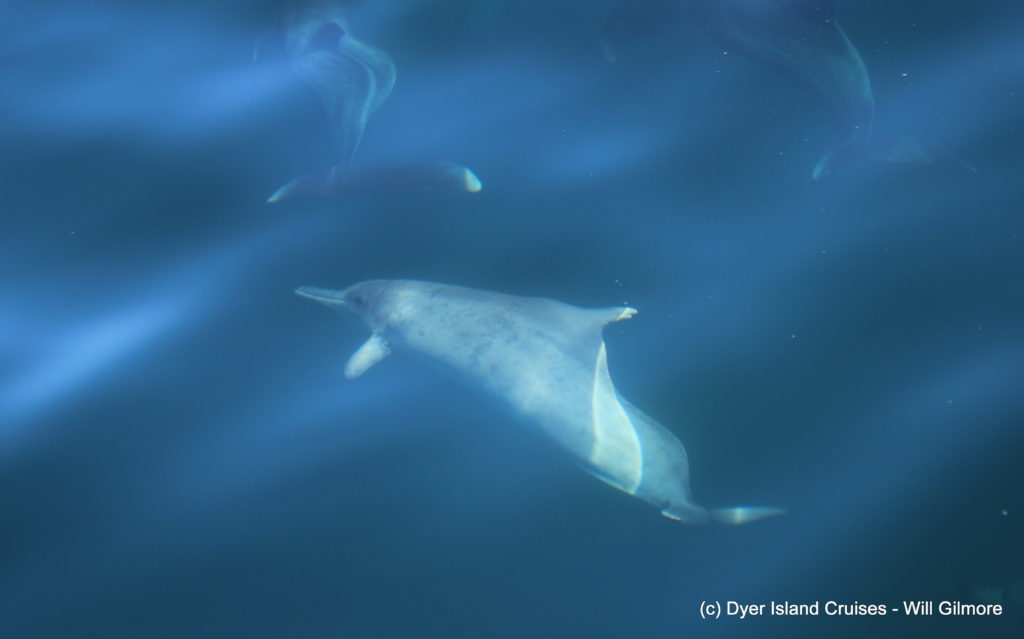 Image by Will Gilmore
Image by Will Gilmore


